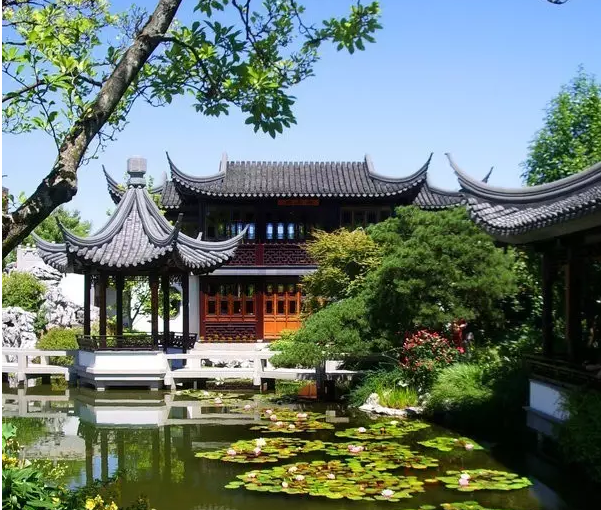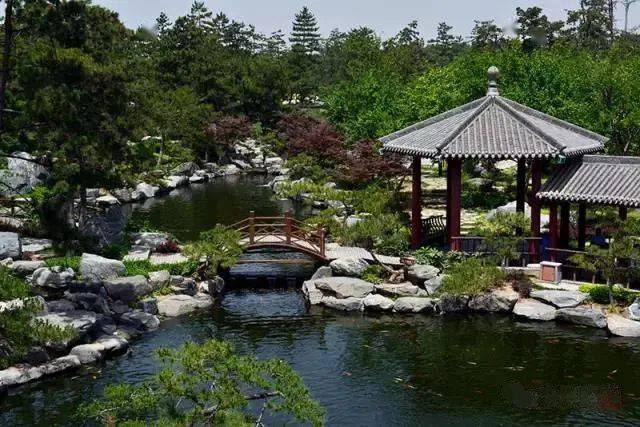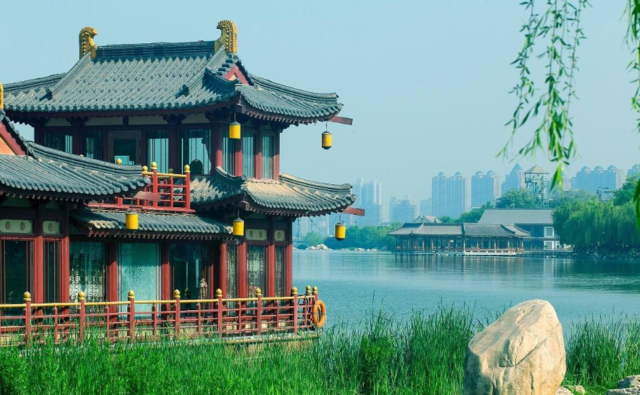- Call Us :+86 13663796880
- Email :nicole@sfrooftile.com
- Working hours :24 hours a day
- Language :Chinese
Nicole Zhang
+86 13663796880
+86-379-63262958
nicole@sfrooftile.com
The earliest garden in China is the royal garden in the north. It is a combination of palace and garden. It is a garden for emperors to rest and enjoy. In addition to playing in the park, the emperor can also live for a long time, deal with court affairs, summon ministers, etc. It is a multi-functional place. Most of them are transformed from natural landscapes, with a large scale, majestic momentum, and strict plane layout; The building is magnificent and luxurious, with bright colors and elegant style. It gathers the beauty of the world in one place. In the view of the ruling class, the mountains and rivers of the country belong to the royal family. Therefore, the Royal Garden is characterized by its large scale, many real mountains and waters, magnificent architectural colors and tall buildings.

Traditional Chinese gardens are unique among the world's gardens with their natural forms, profound cultural heritage and profound artistic synthesis. After thousands of years of ups and downs and evolution, the natural landscape gardens inherited in one line, in harmony with the rhythm of the times, are constantly enriched and refined, showing unique creativity and infinite vitality. The "harmony between man and nature" embodied in traditional Chinese gardens. Its ideological background comes from the traditional concept of "universal harmony" in China. Chinese classical gardens also express the character and culture of the Chinese nation, such as dignified, reserved, quiet, and elegant. It enables people to enjoy a variety of customs without leaving home, and be influenced by nature and art in a subtle way. With the progress of society, Chinese gardens have gradually formed a unique national form and self-contained system.

Traditional Chinese gardens are unique among the world's gardens with their natural forms, profound cultural heritage and profound artistic synthesis. After thousands of years of ups and downs and evolution, the natural landscape gardens inherited in one line, in harmony with the rhythm of the times, are constantly enriched and refined, showing unique creativity and infinite vitality. The "harmony between man and nature" embodied in traditional Chinese gardens. Its ideological background comes from the traditional concept of "universal harmony" in China. Chinese classical gardens also express the character and culture of the Chinese nation, such as dignified, reserved, quiet, and elegant. It enables people to enjoy a variety of customs without leaving home, and be influenced by nature and art in a subtle way. With the progress of society, Chinese gardens have gradually formed a unique national form and self-contained system.

The gardens of the Spring and Autumn Period and the Warring States Period already had groups of landscapes, including mountains, ponds or terraces. Natural landscape gardens have sprouted, and pavilions and bridges are built in the gardens, and flowers and trees are planted. All the elements of a garden are in place, and it is no longer a simple enclosure.
During the Qin and Han Dynasties, palace gardens with official buildings appeared. Qin Shihuang built Shanglin Garden, diverted the Wei River as a long pool, and built Penglai Mountain in the pool to symbolize the fairyland of the gods and mountains.
The period of Wei, Jin, Southern and Northern Dynasties was a turning point in the development of Chinese gardens. The introduction of Buddhism and the popularity of Laozhuang and Zhuangzi's philosophy made gardens turn to advocating nature.
Gardens reached a mature stage in the Tang and Song Dynasties. Bureaucrats and literati built gardens themselves or participated in gardening work, and integrated poetry and paintings into the layout and landscaping of gardens, reflecting the poetic life requirements of the upper landlord class in society at that time. In addition, the freehand landscape gardens of the Tang and Song Dynasties made great achievements in the techniques of embodying the beauty of nature, such as stacking stones, stacking mountains, and rationalizing water.
During the Ming and Qing Dynasties, garden art entered a stage of intensive development. Whether it was private gardens in the south of the Yangtze River or imperial palace gardens in the north, both reached a peak in terms of design and construction. Most of the preserved gardens in modern times belong to the Ming and Qing Dynasties, and these gardens fully demonstrate the unique style and superb gardening art of ancient Chinese gardens.
